Albie Shootout Week 1
Week 1 of this year’s Shootout lined up a little too perfectly with a week straight of hard northeast winds. The hardtail fishing was decent during the early hours of the storm here locally, with both albies and bonito feeding hard in small pockets. Since then, it seems to have dried up in most areas, with blitzing bass taking over that role the past few days. The water temps definitely took a hit, dropping about five degrees in as many days. Not ideal for those of us searching for albies. The good news is, it didn’t get terribly dirty and there is tons of bait around, including mullet, sandeels, peanut bunker, etc. There are some glimmers of hope among all of the doom and gloom. With tough fishing and not many submissions for the tournament so far, it’s an opportunity to be one of a few names in the hat and have a great shot at winning some prizes. Get out there and make the most of it.
We’re all hoping for the albie fishing to pick up, so let’s make this week’s key word “******”. Make sure to have the keyword somewhere in the pictures you submit for an entry into the raffle! If you’re looking to sign up or find more details on the tournament, you can find them HERE.
We’re going to briefly go through the easiest/best ways to identify the three fish that qualify for the tournament to help eliminate any confusion there.

Left – False Albacore/Little Tunny: Albies are easily identifiable by their round, tuna-shaped bodies with a mackerel-like vermiculation on the back. Their backs can range from a deep blue color to bright green. The quickest way to distinguish them from bonito is to look in their mouths – bonito are loaded with razor-sharp teeth, while albies are not. Albies may also be confused with other smaller species of mackerel, like Atlantic, frigate, or chub. The general size and round, tuna-shaped body is the quickest way to distinguish them from other mackerel species on the water.
Center – Atlantic Bonito: Bonito have very distinguishable horizontal stripes on their backs/upper half of their body that run all the way down to their tail. Unlike the vermiculations on albies, these stripes are relatively straight and do not “squiggle”. Their backs are green, which gives them their nickname the “Green Bonito”. They also have lots of very sharp teeth, which is another quick way to distinguish them from the mackerel species that they may resemble.
Right – Spanish Mackerel: Spanish Mackerel are also toothy, but look much different to the Atlantic Bonito. Spanish Mackerel have spots on their sides, ranging from an olive color to vibrant yellow. They do not have any stripes or bars. They can look very similar to juvenile King Mackerel, the main difference being the lateral line. On a Spanish, the lateral line gradually slopes down as it moves from head to tail. On Kings, there is a steep and sudden slope at about a 45 degree angle. Frankly, if anybody submits a King, we will happily accept it. So there’s no need to stress on that one.




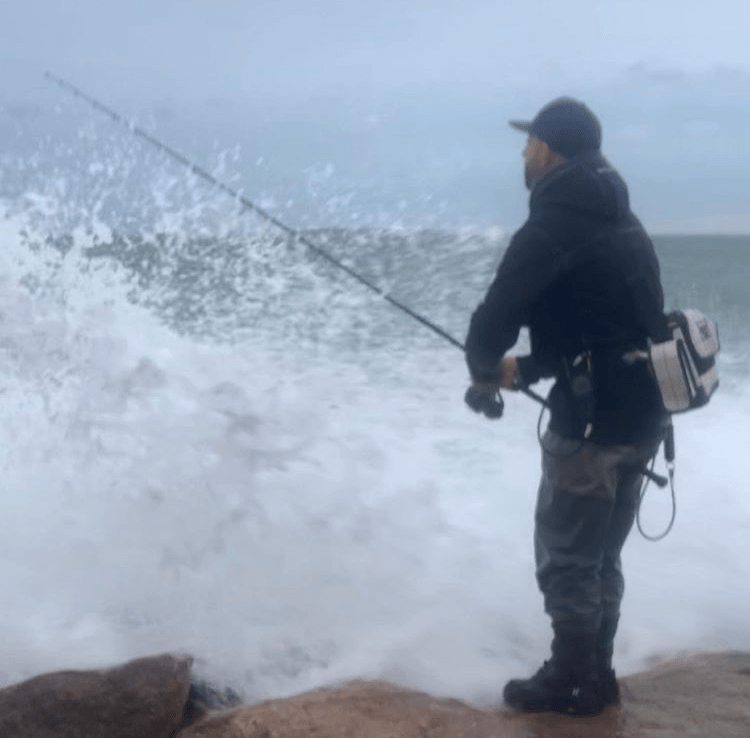

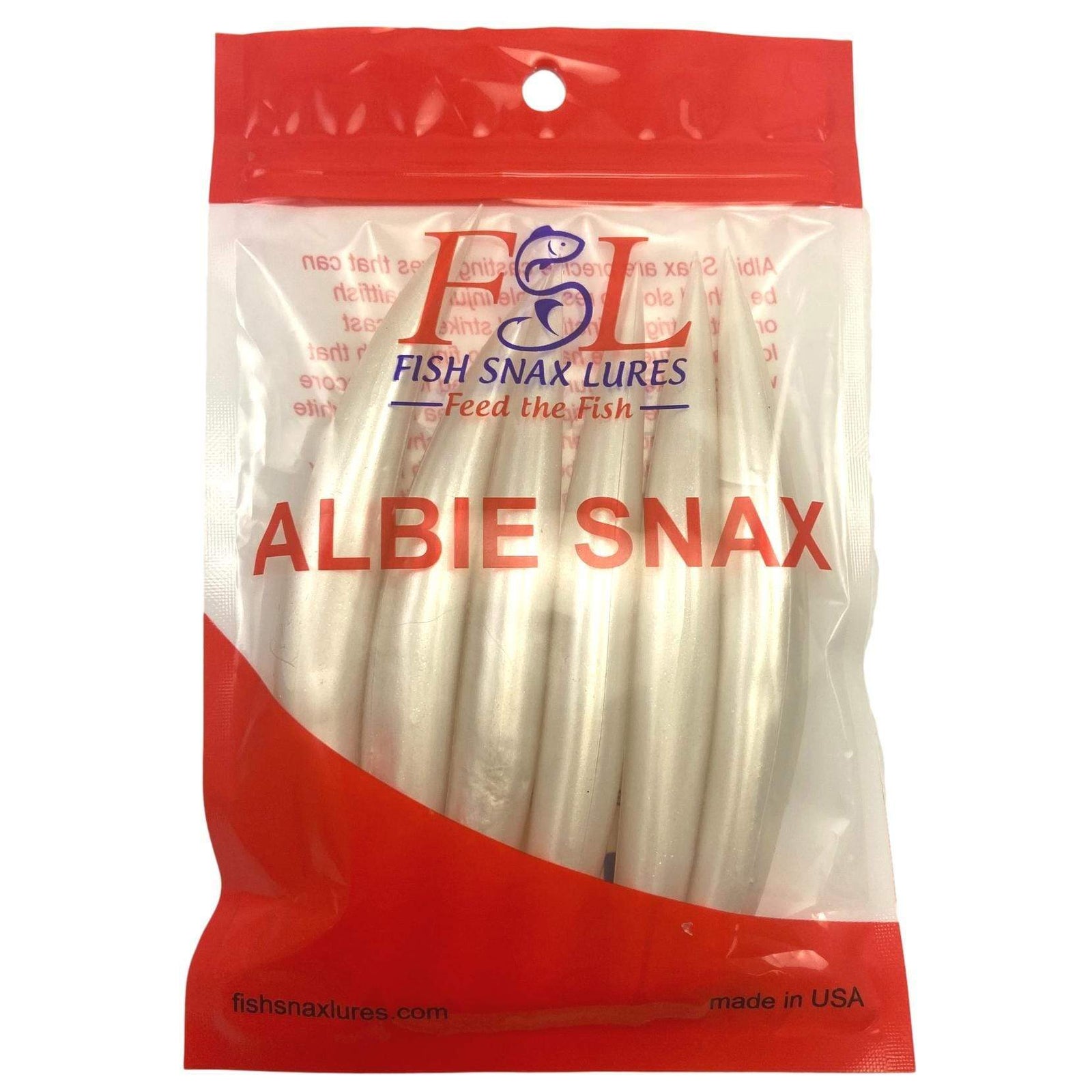

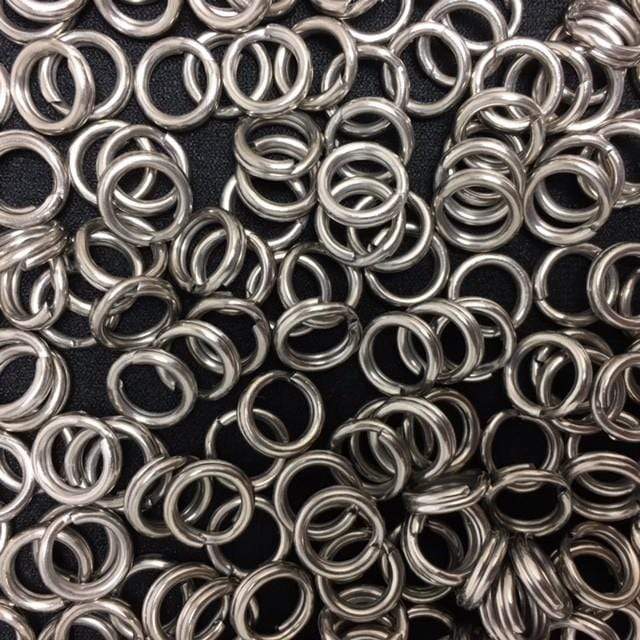
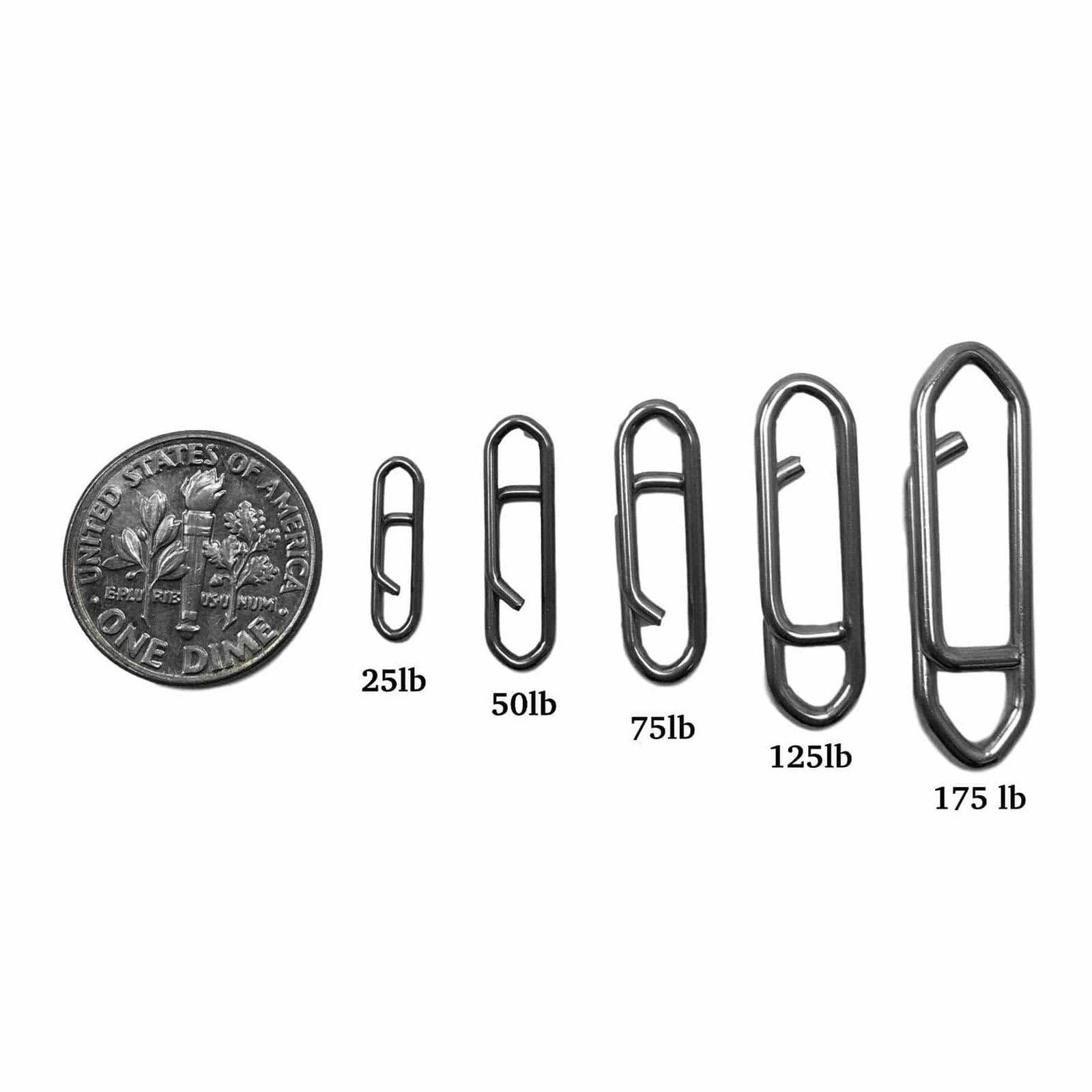

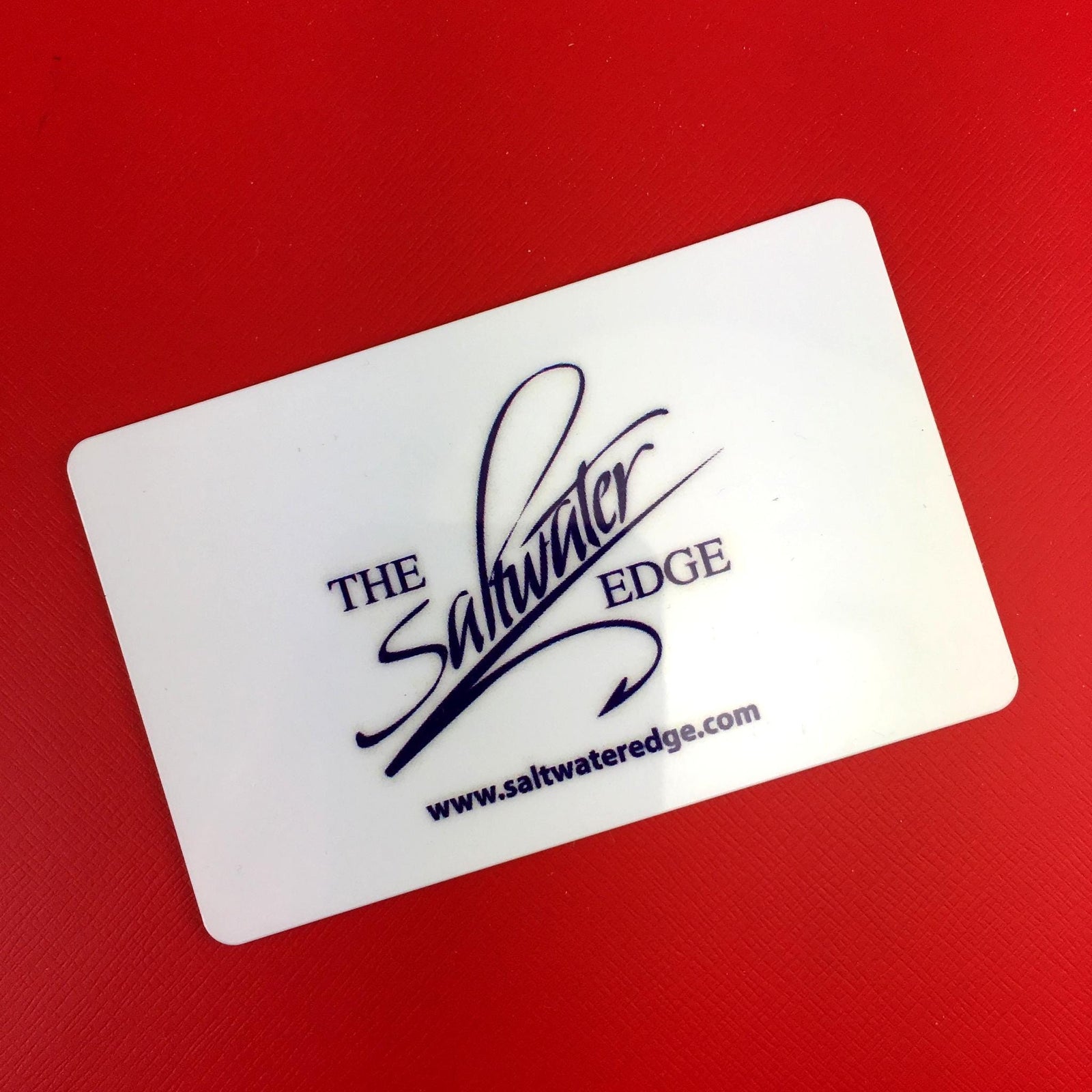
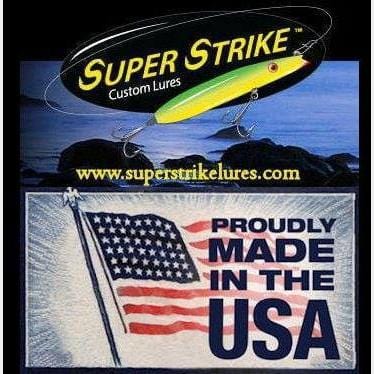

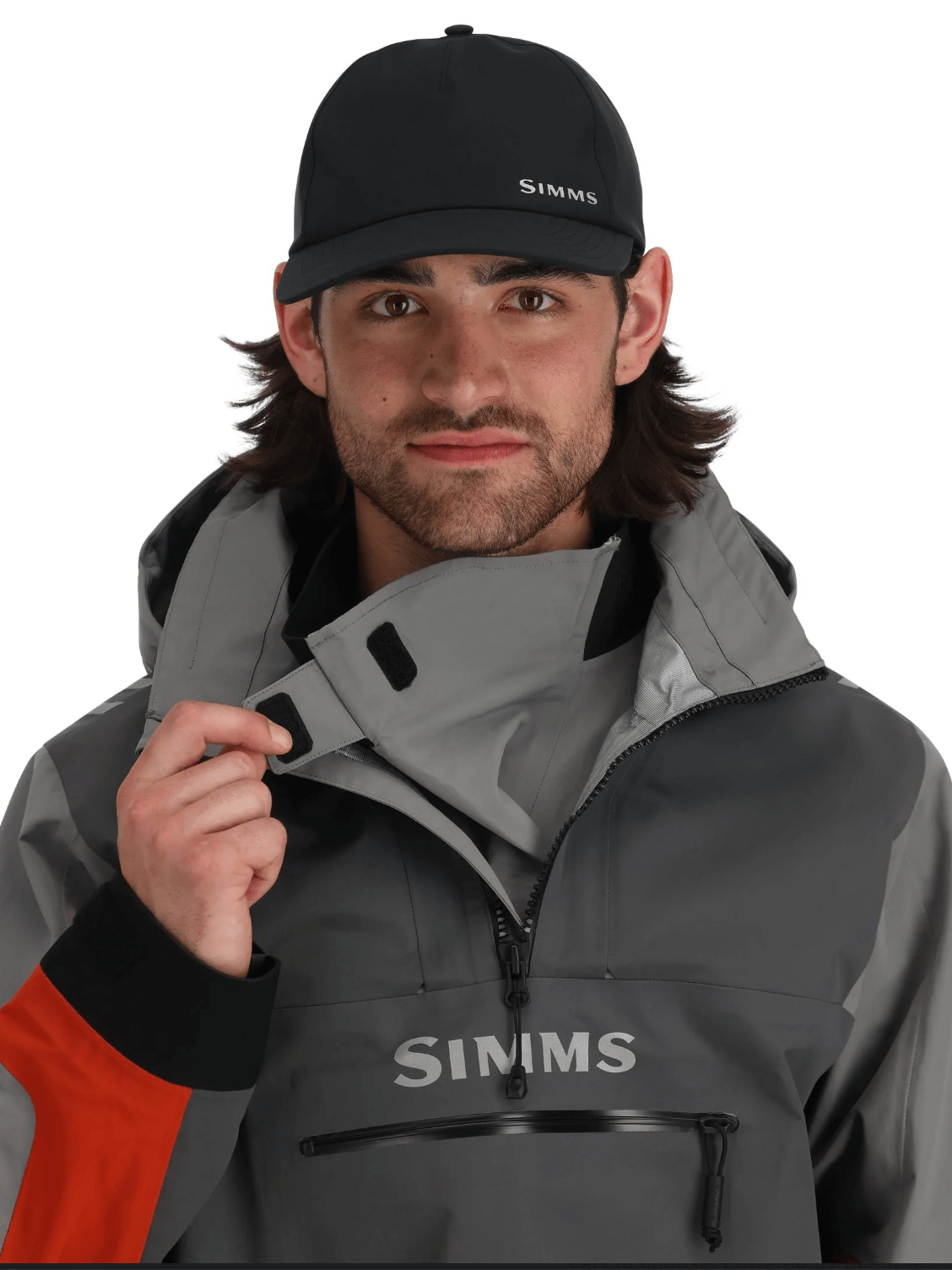

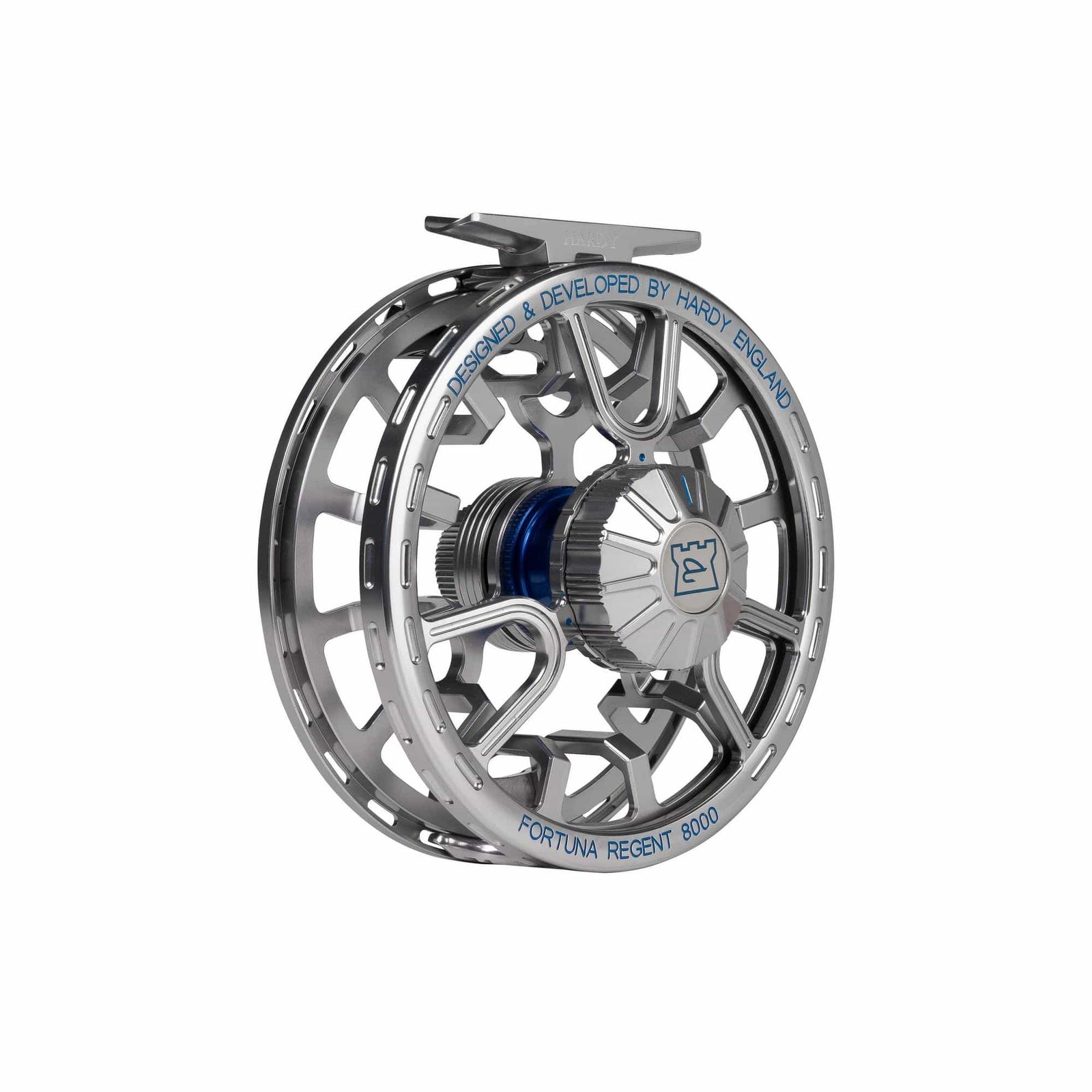
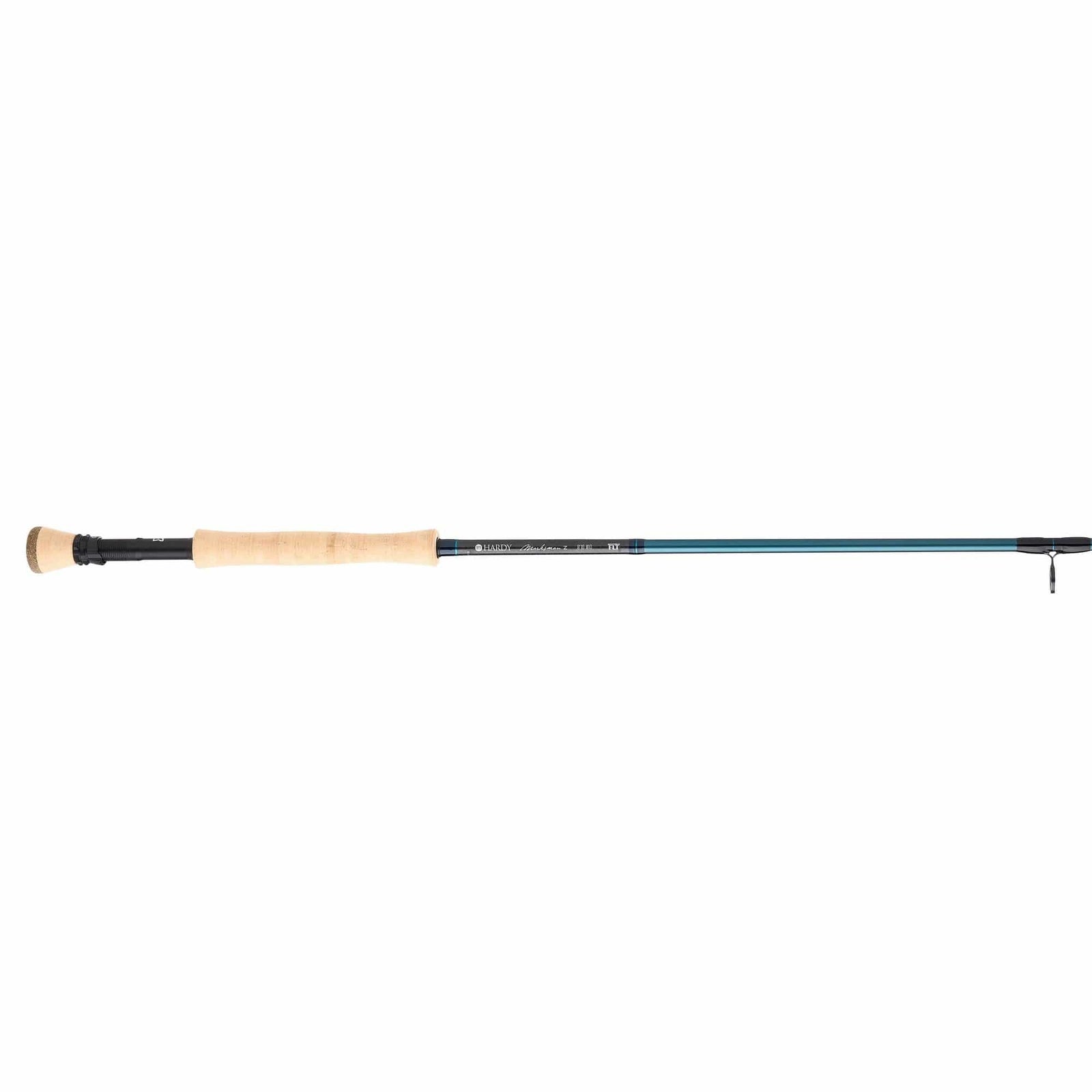

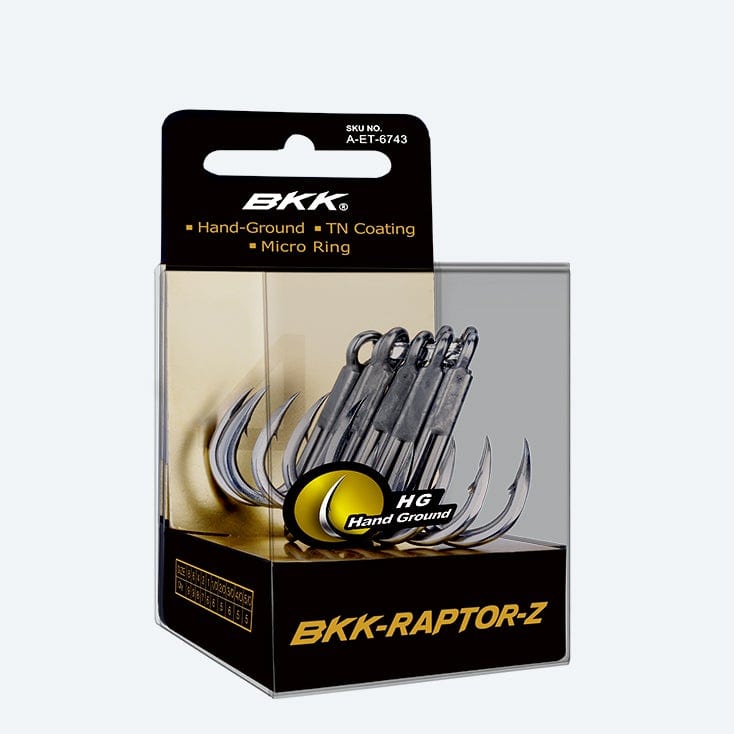

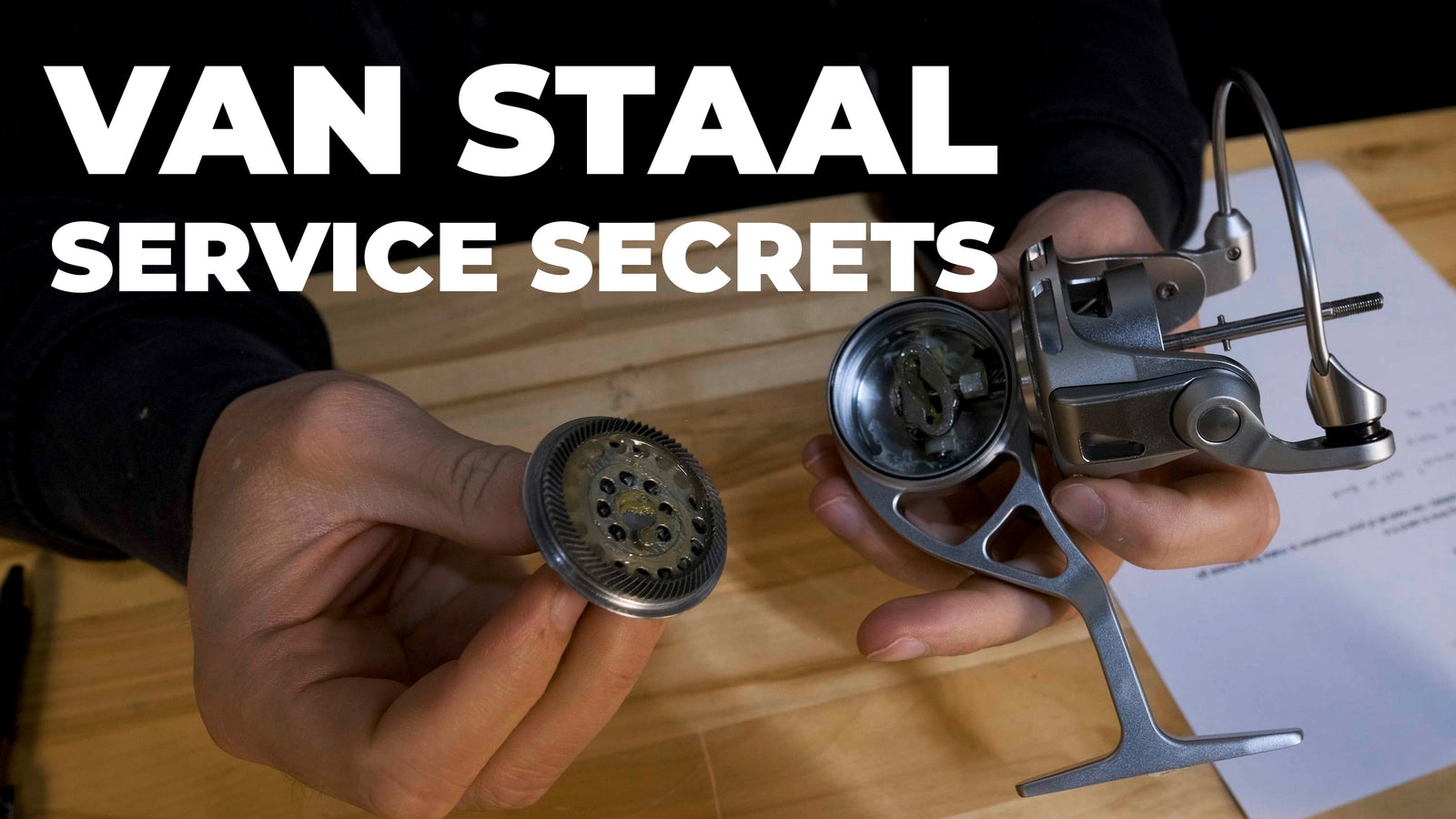


Leave a comment (all fields required)